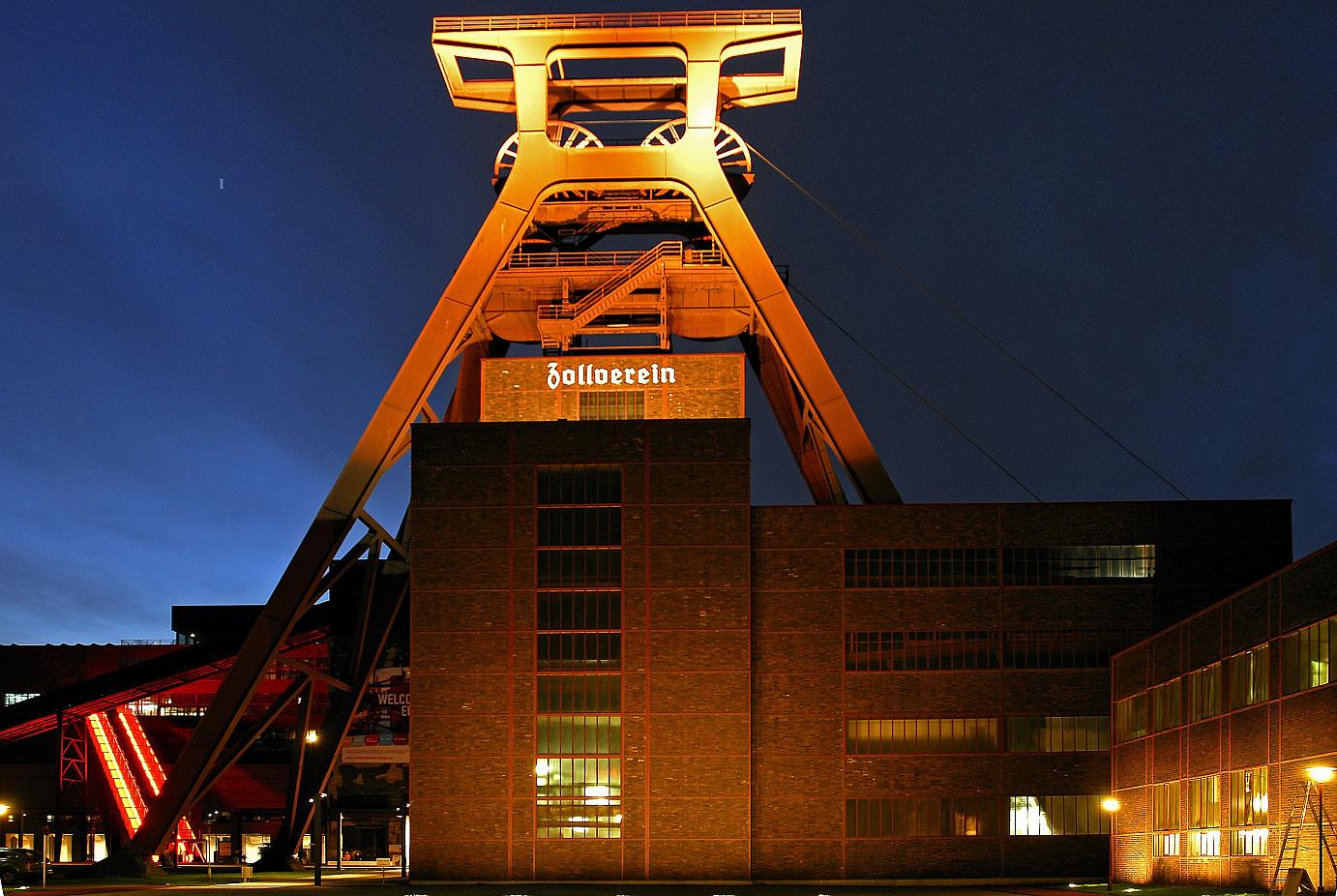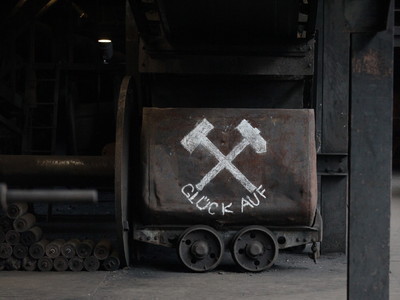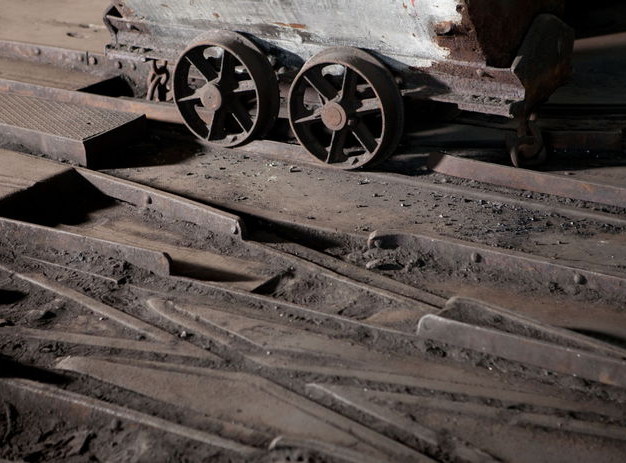Events above the pit-web
The actual pit may have been shut down decades ago, but the lifeblood of Zeche Zollverein, one of Europe’s largest industrial monuments, is pulsating powerfully through its veins to this day. Bestowing upon it a new purpose by turning its extraordinary properties into an event location seemed a brilliant idea, whereby the challenge lies in simultaneously complying with the constraints a recognised UNESCO world heritage site has to bow to. The venue shakes up an impressive cocktail of modern industrial architecture corroborated by the moving history of a legendary colliery – and has rightly become a much-regarded landmark – and a meaningful symbol for the Ruhrgebiet region. Zeche Zollverein is the indisputable epitome of coal mining activities in Germany.
The Zollverein XII Coal Mine Industrial Complex located at the city of Essen in North-Rhine Westphalia represents a crucial period of heavy industries in Europe, whose buildings testify to a successful – and wholesome – architectural design concept.
A multifaceted and truly singular venue

Meetings industry experts in the country have awarded the venue many accolades and repeatedly voted it „Germany’s best event location“. Extending over an area of 1,5 hectares, the formidable ensemble’s prosperity lies in the hands of the ZOLLVEREIN® Convention association, a cooperation of eight event location operators. Theirs is a kingdom of more than 14,000 s.qm of event space in halls and rooms featuring a most unusual ambience – in a most unusual compound. There’s no other like it in Germany.
Dining options at the Zollverein range from rustic miner’s food to sophisticated gourmet cuisine. Cafés and restaurants offer group arrangements for a wide variety of occasions, tailored according to customers’ needs.
Operators describe their Zollverein a magic and unique place. For them, it is simply “the most beautiful colliery in the world”, where any event is estined to become an incomparable experience.
http://www.zollverein.de/service/english-page
How to get there: From the closest international airport at Duesseldorf, it takes about an hour’s ride by car.
All photos courtesy of ©Zeche Zollverein.The header picture shows the Zeche Zollverein Association of bygone times.
Coloured photo: UNESCO-Welterbe Zollverein 09: © RTG/Lueger. The image depicts the head frame of Shaft XII which rises 55 metres high. This structure called „Doppelbock“ has become an emblem distinctive of Zeche Zollverein.
A Brief History of Zeche Zollverein
The coal extracted here was especially suitable for coking. Stack-type coke furnaces were first built in 1857 and the plant continuously expanded in the decades to follow.

“Glück auf!” The salutation exchanged by miners – wishing one another good luck.

These drams were used for coal mining.
Mining began in the mid-19th century at a depth of about 120 metres. By the end of the mining period, the fourteenth level had been reached at 1,200 metres and the underground roadways network stretched over a total of 120 kilometres. Access was given via 12 shafts, opened up one by one until 1932. When operation of Zollverein XII was set up, older shafts were merely used for transport of workers and supplies, whereas the coal extracted was moved through the new shafts. 12,000 tonnes of “Black Gold” were hewn from underground seams and brought up to the surface daily. The same quantity had taken early miners an entire year to extract.
A supplementary cokery inaugurated in the neighbourhood of Shaft XII in 1961 allowed to rationalise the work flow, thus lifting the plant to unknown productivity heights. In the 1970s, 10,000 tonnes of coal were converted into 8,600 tonnes of coke daily, at a temperature of 1,250 degrees celsius prevailing in 304 furnaces operated by a work force of 1,000 pitmen (the “black side“). Gases generated by this process were upgraded into by-products like ammonium compounds, sulphuric acid, benzene and tar (the “white side”).
In December of 1986, the last shift of colliers dove down into their underground labyrinth for the ultimate time. After 135 years, the pit closed its gates irrevocably, followed by the cokery in June of 1993.
An era had ended.
